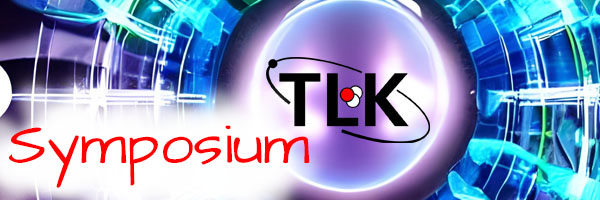Speaker
Description
Abstract — An unavoidable category of molecular species in large-scale tritium applications, such as nuclear fusion, are tritium-substituted hydrocarbons, which form by radiochemical reactions in the 10 presence of (circulating) tritium and carbon (mainly from the steel of vessels and tubing). Tritium substituted methane species, CQ4 (with Q = H,D,T), are often the precursor for higher-order reaction chains, and thus are of particular interest. Here we describe the controlled production of CQ4 carried out in the CAPER facility of the Tritium Laboratory Karlsruhe, exploiting catalytic reactions and species enrichment via the CAPER integral permeator. CQ4 was generated in substantial quantities 15 (>1000 cm3 at ~850 mbar, with CQ4content of up to ~20%). The samples were analyzed using laser Raman and mass spectrometry to determine the relative isotopologue composition and to trace the generation of tritiated chain hydrocarbons. Keywords — Tritium-substituted methane, mass spectrometry, Raman spectroscopy, measurement and monitoring.

